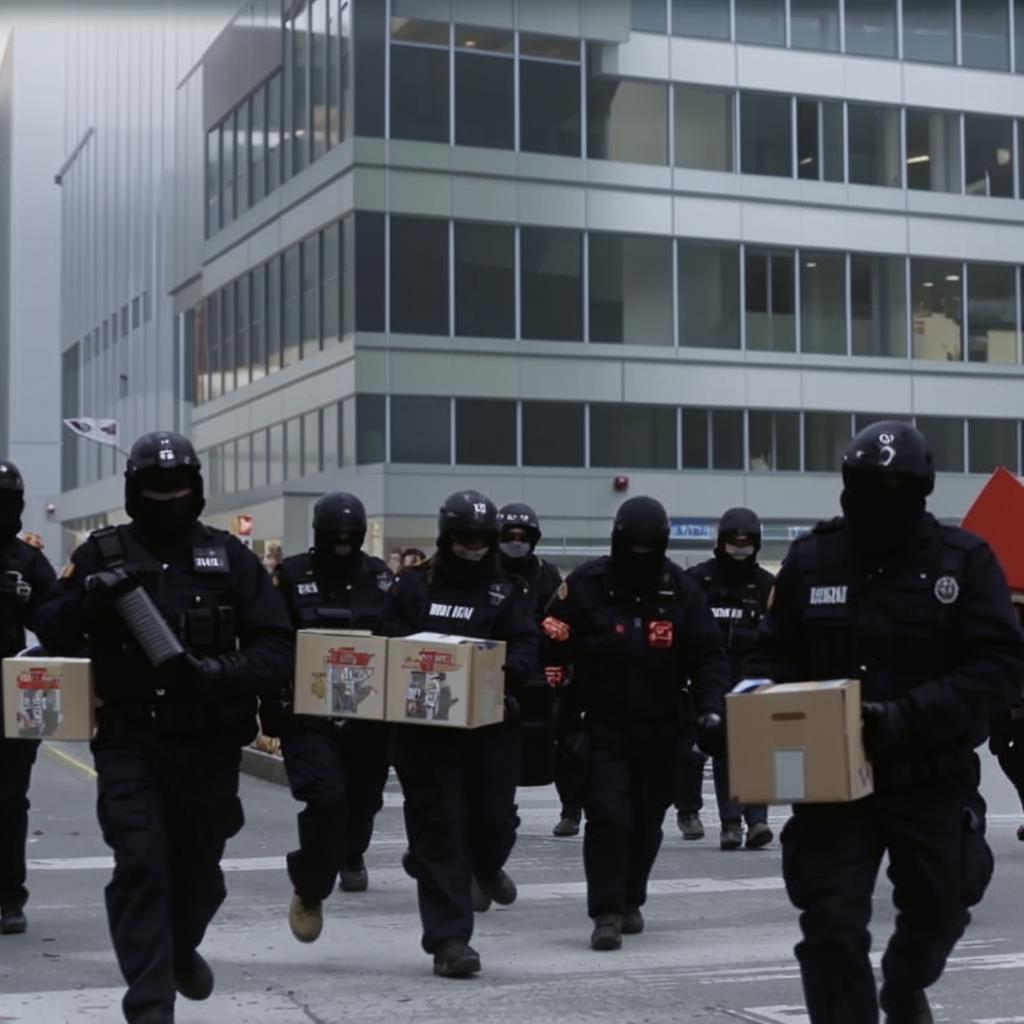Cybersecurity threats are escalating, posing significant challenges to businesses and governments worldwide. Recent reports indicate a surge in sophisticated ransomware attacks, with malicious actors employing increasingly advanced techniques to infiltrate systems and demand exorbitant ransoms. Critical infrastructure, including energy grids, healthcare facilities, and financial institutions, are prime targets, raising concerns about national security and economic stability.
The rise of ransomware-as-a-service (RaaS) has lowered the barrier to entry for cybercriminals, enabling even less experienced individuals to launch devastating attacks. These RaaS platforms provide readily available tools and infrastructure, making it easier for attackers to orchestrate complex campaigns. Furthermore, the increasing use of artificial intelligence (AI) by both attackers and defenders is creating a constant arms race, with AI-powered malware capable of evading traditional security measures.
Governments and organizations are urged to bolster their cybersecurity defenses through proactive measures such as implementing multi-factor authentication, regularly patching vulnerabilities, and providing cybersecurity awareness training to employees. Collaboration between public and private sectors is also essential for sharing threat intelligence and coordinating response efforts. Investing in advanced threat detection systems and incident response capabilities is crucial for mitigating the impact of cyberattacks and minimizing disruption. The evolving threat landscape demands a vigilant and adaptive approach to cybersecurity, requiring continuous improvement and innovation to stay ahead of malicious actors. Failure to address these escalating threats could have dire consequences for economies and societies globally.













